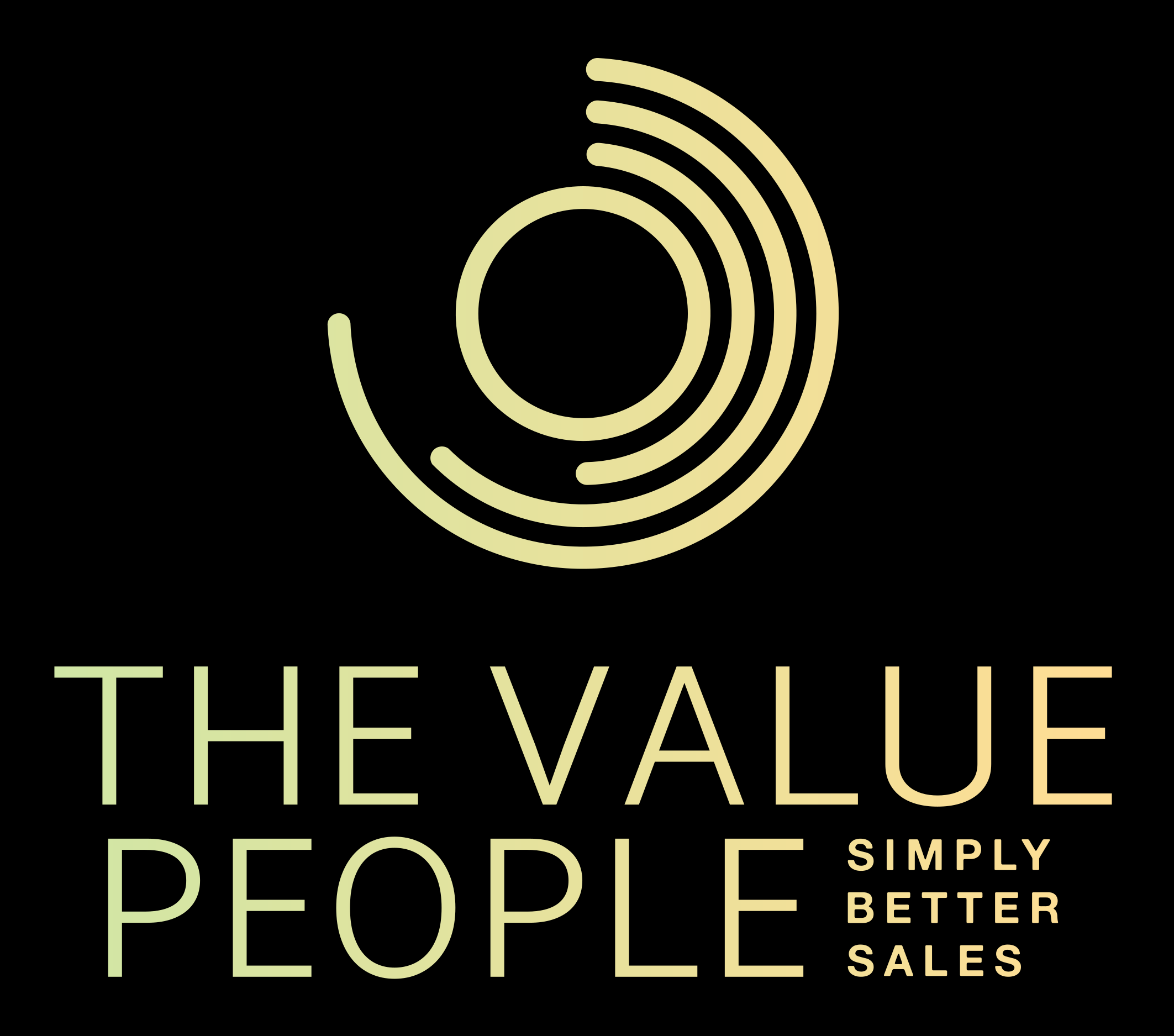The necessity to understand the nature of differentiators
The need for differentiation as such is far from new – in the end, differentiation to a large degree will guide the competitive strategy, and that in turn is key to survive in an occasionally hyper-competitive marketplace.
In this context it is hard to understand why surprisingly many tech companies in B2B environments with complex sales cycles do not seem to be clear on what their real differentiators are – or indeed what their real value proposition is for different buyer roles. Consequently, we have seen that sales (and marketing) argumentation frequently misses the point, or the target audience, so that the potential business value for the customers is not properly communicated and significant impact (and business) is lost.
What we suggest in this article is to classify the significant properties of your offering (your potential differentiators) into four different classes (differentiators, qualifiers, values and proof points), specific to your different customer stakeholder roles. Based on this, it is then relatively straightforward to see if you really have high quality arguments for each relevant buyer group – and to formulate your sales argumentation in a way to achieve the maximum impact.
Differentiators and Qualifiers
We do not want to dive into how to craft a differentiation strategy here, or what can be sources of differentiation, but rather focus on the different qualities of what could be (and often are seen as) differentiators.
To start this, let’s have a look at one particular aspect that appears to be frequently misunderstood: The difference between ‘differentiators’ and ‘qualifiers’.
At first glance, the difference appears trivial: A qualifier is a property of your offering that is a minimum requirement to even be able to compete – the simplest example being a reliably working product. A differentiator, on the other hand, is something that sets you apart from the competition, giving you some sort of competitive edge.
In practice, however, we’ve seen too many times that this classification can be difficult: For example, fancy technical features are frequently seen as differentiators. Supposedly superior product quality is quoted as differentiator. Sustainability can be seen as differentiator. But is all this really relevant?
Three criteria for differentiators
We would argue that for a true differentiator, three criteria must apply:
- What value does the property of your offering have for the customer? This might be the trickiest (and most relevant) question – not only should you be able to clearly define the value, but you should be able to say for which of your customer target roles this is valid. Example: A technical property might be highly relevant for a technical buyer – but the CEO probably could not care less unless there is some monetary or strategic value attached.
- How unique is this property really? The answer to this can reach from ‘yes, totally’ over ‘well, some of our competitors can do this too’ to ‘naaa, this is really a commodity’. The often quoted ‘silver bullets’ obviously would fall into the first category.
- How well-proven is this property? Without prove this is really only a claim – and customer buyers are particularly adept at asking questions like ‘where does this number of x% savings come from’. Detailed calculations with reasonable assumptions, or better actual customer case studies or testimonials are a key aspect here.
Examples
With these three questions you should be able to relatively quickly find out what your real differentiators are, for which target role.
Let’s use the technical feature again: If it has real value for the technical buyers (the more value, that better), is truly unique and also proven, you have a real differentiator on your hands – for this customer target role. In essence, you might have found a ‘dimension of value’ that other competitors have not yet addressed, which might help you to swim in the ‘Blue Ocean’ [1] which is not yet ‘red from the blood of the competitors’. Of course, in order to really achieve such a highly desirable outcome, you would need to find similar differentiators also for other decision makers or stakeholders on the customer side: All of them would need to perceive some sort of business value for them.
On the other hand, if a feature provides value, but is totally commoditized, odds are that you rather are looking at a qualifier – basically everyone has it, and customers are expecting it to be there. Without it, no customer would even sincerely consider buying your product / solution / service. Basically, we are talking here about the Minimum Viable Product (or more generally Minimum Viable Offering). And these cases can be pretty extreme: We’ve seen e.g., in the telco industry, that RfQs typically ask for equipment to adhere to just about any conceivable standard, even if the customer has absolutely no intention to ever use these features. Nevertheless, non-compliance can kick you out of the race.
Having said that, things can (and will) change with time: ESG (Environmental, Social, and corporate Governance) is a nice example for that. While years ago, being an environmentally friendly company might have been a differentiator, these days, in many markets it has become more of a qualifier (as described e.g., here [2]).
And what about the product quality mentioned earlier? Well, it depends – if you can prove that your product really lasts longer, has lower maintenance cost, etc. because of the ‘superior quality’? Phantastic. Otherwise, these kinds of statement are usually filed under ‘useless claims’ by customers – or at best as qualifiers.
Finally: What about a feature that is unique and proven – but does not have value? Let’s call that ‘waste of money’. Or a pink elephant if you will.
Beyond Differentiators and Qualifiers
Now, we would argue that there should be two more categories considered on the differentiation scale:
In case where a valuable property of your offering is not unique, but not commoditized either, we would simply call this generically a ‘value’ and this would need to be handled with care. It is something that could be used as an argument with certain customers, or against certain competitors, but certainly is no ‘silver bullet’. In highly commoditized markets (and ‘red oceans’), this might be all you will ever get, forcing you to pile up these values to create a differentiated offering – and to be even more prepared and target-specific when doing the positioning.
The other case is what we would call ‘proof points’.These are properties of your offering that by themselves do not provide value, but which actually lead to value. Example: If telling a COO that your product will reduce his OPEX by x%, you should be able to tell him which of your offering’s properties actually enable these savings (and of course come up with a reasonable calculation if necessary).
A tool for a quick ‘value audit’
To summarize, properties of your offering should be sorted in four different categories:
- ‘Differentiators’ are valuable (for specific target roles!), unique and proven
- ‘Values’ might not be strictly unique, but (particularly if clustered) still might serve to provide advantage
- ‘Qualifiers’ are basic requirements, without which you cannot compete
- ‘Proof points’ are not valuable in themselves, but can be used to illustrate or prove how value is generated
As said, this is quite separate from how to come up with a differentiation strategy, or how to define a product in a way that it has differentiators – but it can be a useful tool to review your value proposition for different target groups (which can of course include creating backlogs, or checking on the potential product-market fit), or to support sales and marketing departments with appropriately positioning their offerings to different target audiences.
In the end, a successful sales strategy in B2B is all about providing superior business value to customers, in an end2end manner, throughout the go2market cycle. In this sense, getting the differentiators right is just a building block of an overall customer-value-centric go2market approach.

